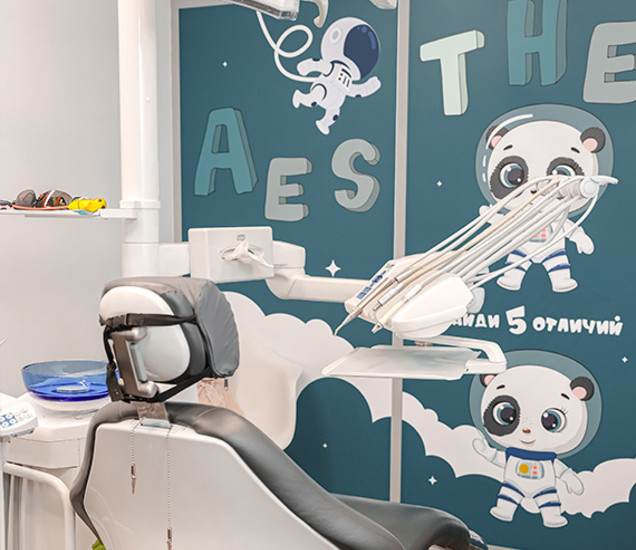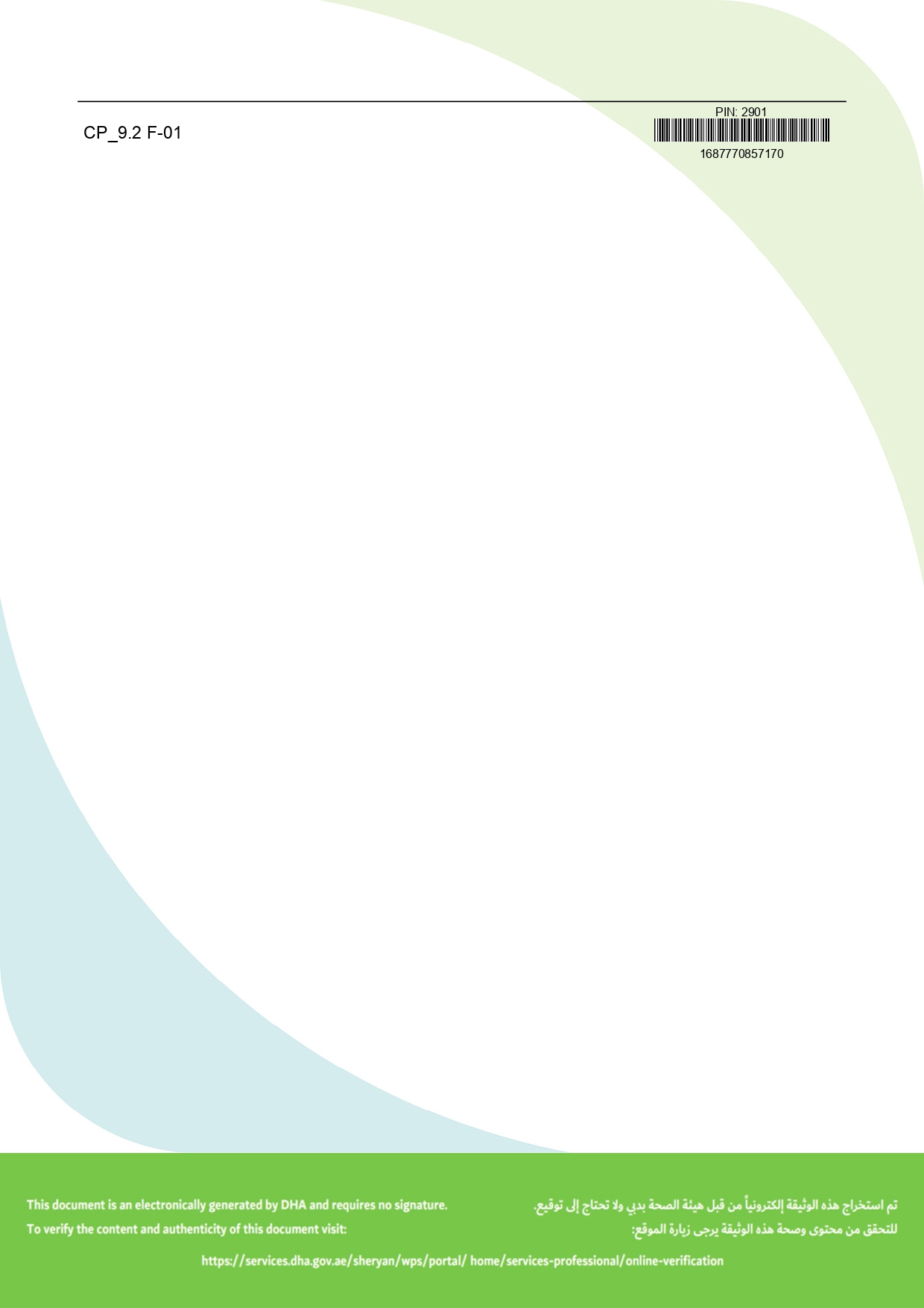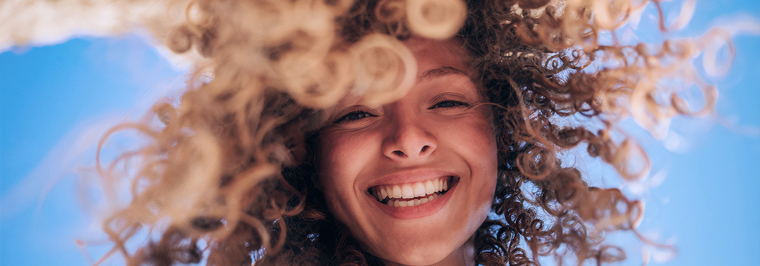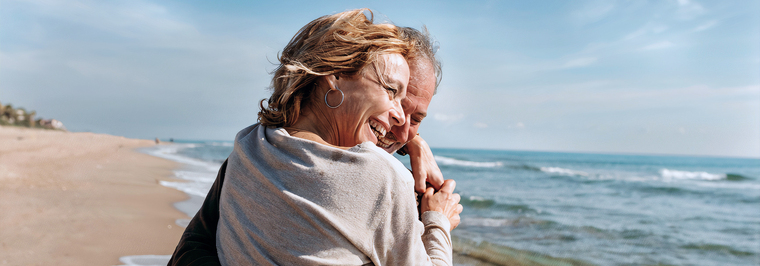Retainers are essential orthodontic appliances designed to preserve the outcome of your treatment once braces or aligners have been removed. They work by holding your teeth in their newly aligned positions, preventing them from gradually shifting back to their previous placement.
Why Are Retainers Necessary?
Braces apply pressure to the teeth, forcing them to move into anatomically correct positions. However, it takes time for tissues to form around the tooth roots to hold them in this position. If braces are simply removed, the teeth will soon revert to their original positions, negating the results of orthodontic treatment. Therefore, retainers are needed to maintain the corrected position, preventing the need for further correction.
Retainers serve the purpose of fixation. They hold the teeth in place while the bones and ligaments adjust to their new positions. The period during which these orthodontic appliances need to be worn is called the retention period.












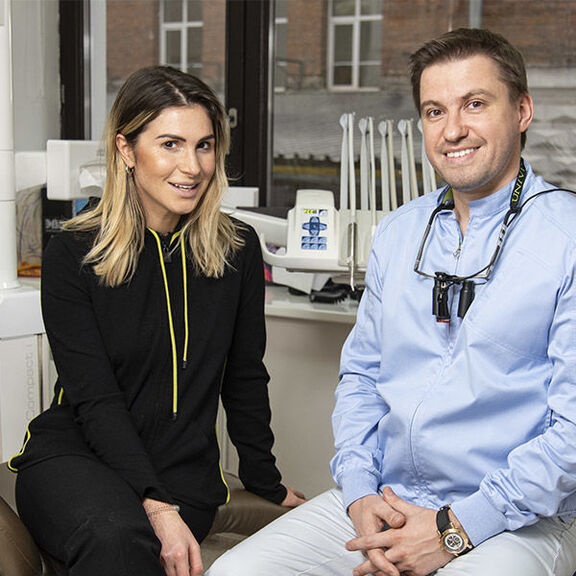




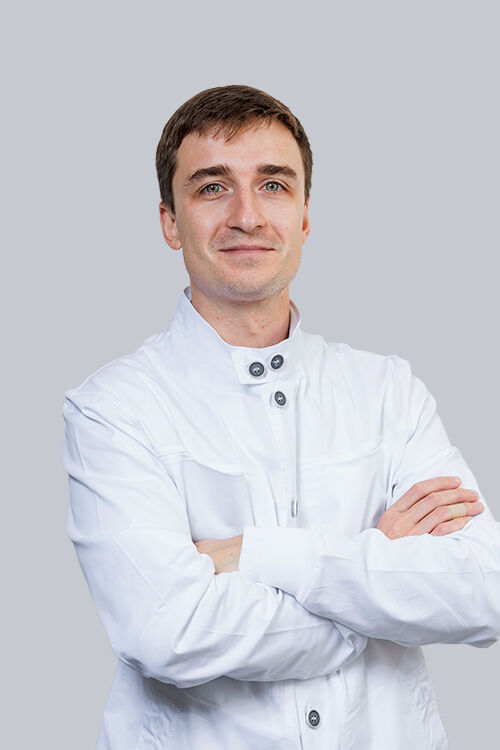




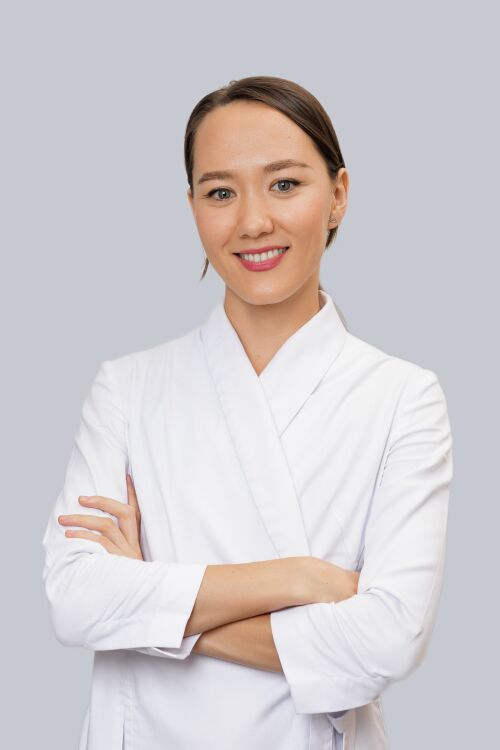

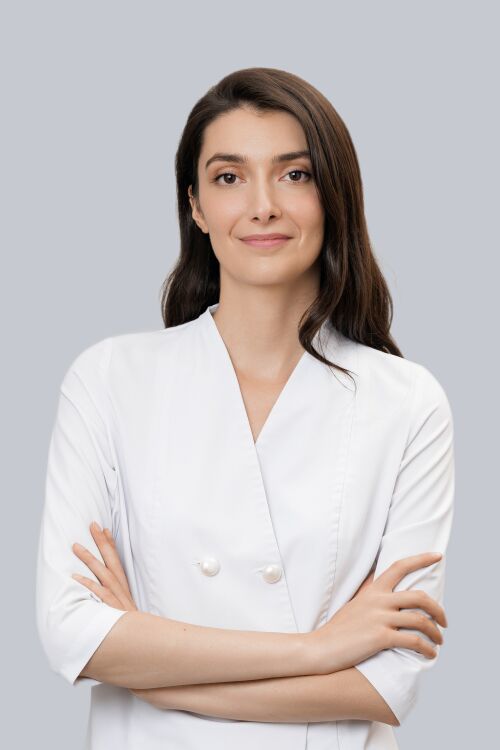
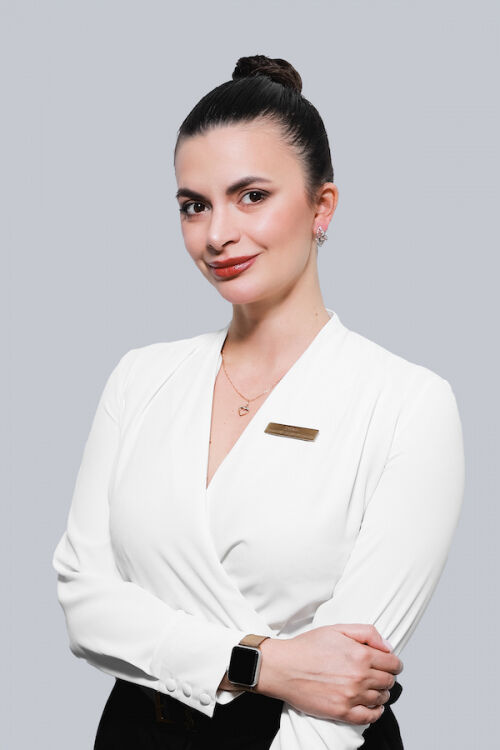
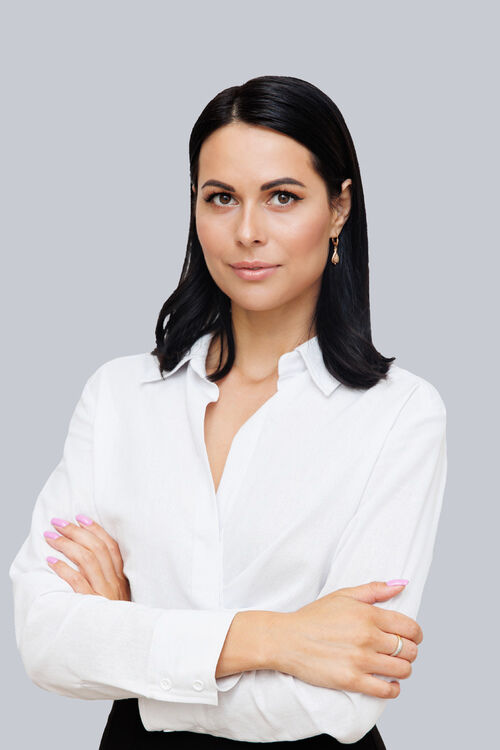








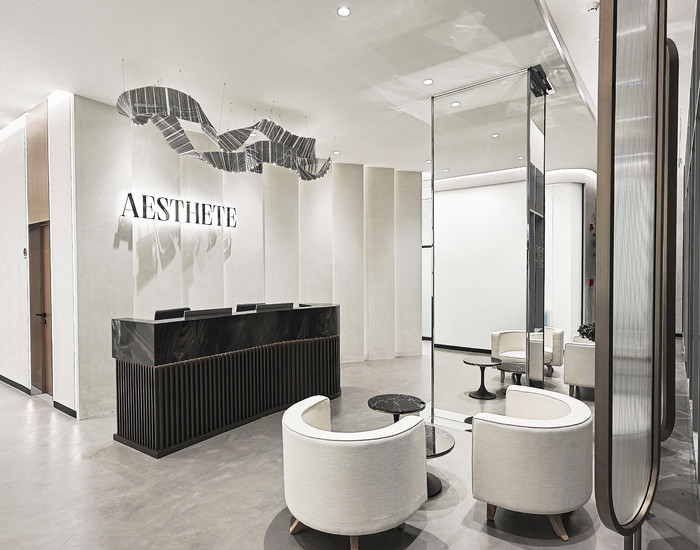
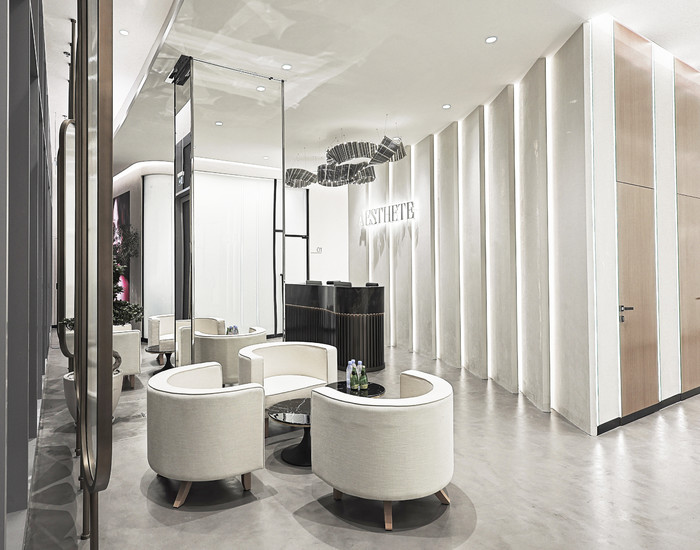
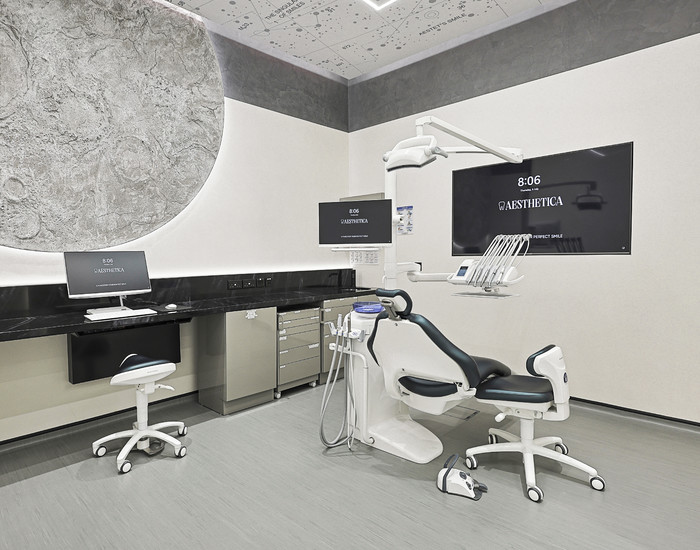
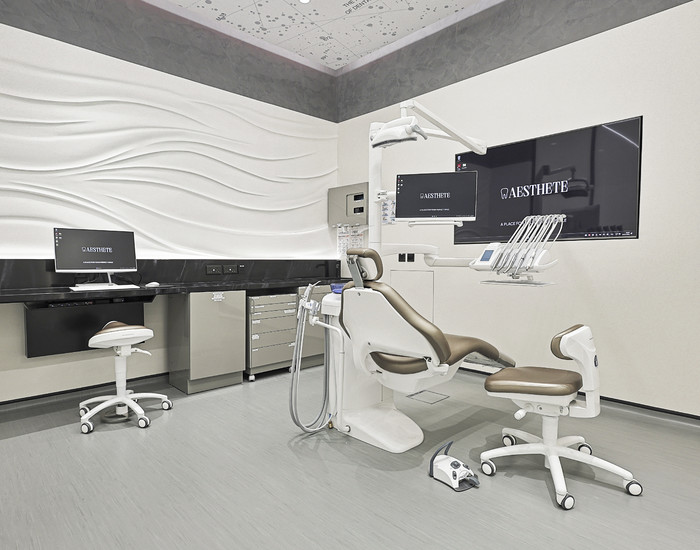
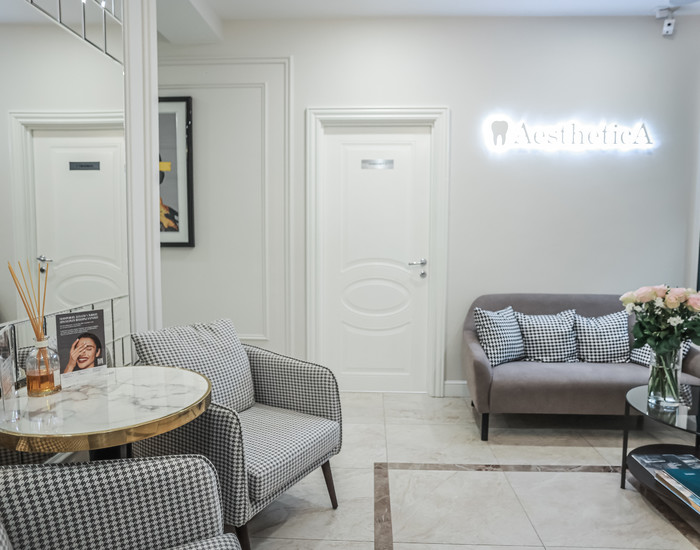





_700x550_ac7.jpg)
